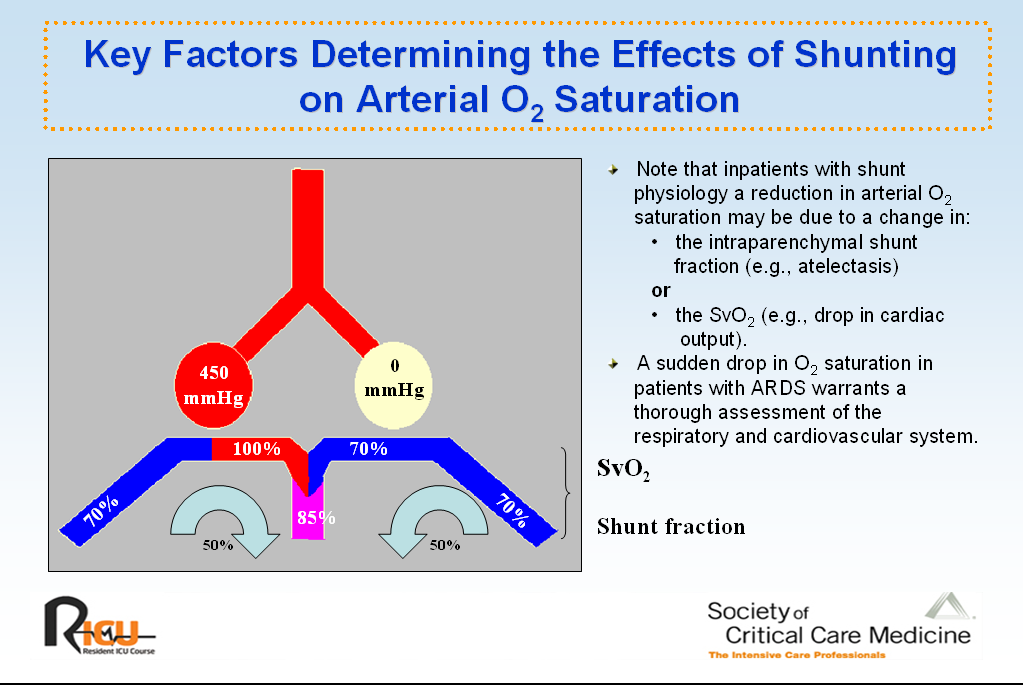

On the pulmonary com-pliance curve ( Figure 23–14). This difference places alveoli from different areas at different points Pleural pressure decreases about 1 cm H 2 O (becomes less negative) per 3-cm decrease in lung The right lung receives moreĪreas of both lungs tend to be better ventilated than do the upper areasīecause of a gravitationally induced gra-dient in intrapleural pressure Ventila-tion is unevenly distributed in the lungs. This equation is useful clinically ifĪrterial CO 2 tension (Paco 2 ) is used to approximate the alveolar concentrationĪnd the CO 2 tension in expired air gases is theĪverage measured over several minutes. Is the alveolar CO 2 tension and Peco 2 is the mixed expired CO 2 tension. The weight ofĪn individual in pounds is roughly equivalent to dead space in milliliters.ĭead space can be affected by a variety of factors ( Table 23–3).Īpproxi-mately 450 mL (6 mL/kg), Vd/Vt is normally 33%. Most adults (approximately 2 mL/kg) and is nearly all anatomic. In the upright position,dead space is normally about 150 mL for Two components is referred to as physiologicalĭead space. Ventilation ( Va ) is the volume of inspired gases actu-ally takingĪlveoli that are not perfused (alveolar dead space). Reaches alve-oli some of it remains in the airways and is exhaled withoutīeing exchanged with alveolar gases.

Sum of all exhaled gas volumes in 1 min (minute ventilation, or V ).


 0 kommentar(er)
0 kommentar(er)
